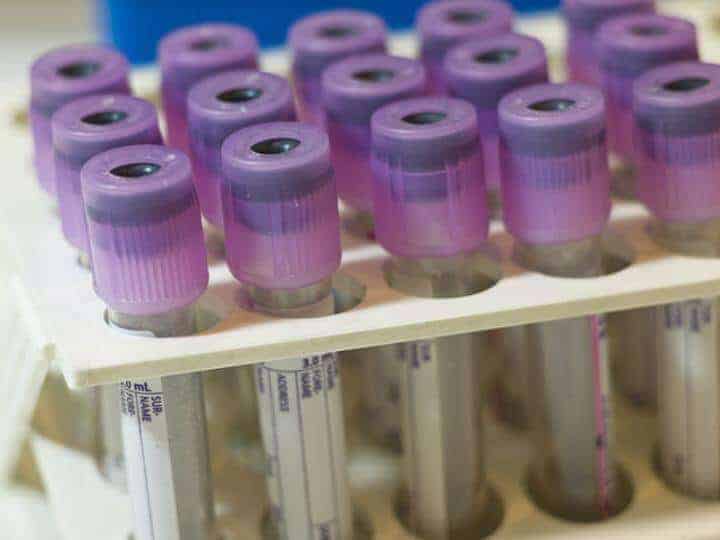Summary: A powerful genomic testing method developed at UCSF has proven highly successful at identifying viruses, bacteria, fungi, and parasites in patient samples. The test, which correctly identified 86% of neurological infections in a large study, could revolutionize how doctors diagnose infectious diseases and detect future pandemic threats.
Published in Nature Medicine and Nature Communications, November 12, 2024. | Reading time: 6 minutes
A decade of clinical use has validated a breakthrough diagnostic test that can identify nearly any type of disease-causing organism in a single analysis. The technology, developed at the University of California, San Francisco (UCSF), has already helped diagnose thousands of patients with unexplained neurological symptoms.
“Our technology is deceptively simple,” said Charles Chiu, professor of laboratory medicine and infectious diseases at UCSF. “By replacing multiple tests with a single test, we can take the lengthy guesswork out of diagnosing and treating infections.”
One Test to Find Them All
The method, called metagenomic next-generation sequencing (mNGS), analyzes all genetic material present in a patient sample. Instead of searching for one specific pathogen, it can detect any virus, bacterium, fungus, or parasite present.
Between 2016 and 2023, researchers analyzed nearly 5,000 cerebrospinal fluid samples, successfully identifying pathogens in 86% of cases where an infection was present.
Life-Saving Speed: From Days to Hours
The impact of rapid diagnosis was demonstrated dramatically in 2014, when the test helped save a critically ill boy in Wisconsin. After numerous conventional tests failed to identify his condition, the UCSF test revealed within 48 hours that he had leptospirosis, a treatable bacterial infection. Doctors immediately began penicillin treatment, and he fully recovered.
Preparing for Future Pandemics
The team has now adapted the technology for respiratory infections, automating the process to deliver results within 24 hours. “Our goal was to have the entire process completed within 12 to 24 hours, giving a same-day or next-day result,” Chiu explained.
The respiratory version can detect viruses with pandemic potential, including SARS-CoV-2, influenza, and RSV, even when present in small amounts. The system could potentially identify new viral strains before they become widespread.
Glossary of Terms
- Metagenomic Sequencing: A technique that analyzes all genetic material in a sample simultaneously
- Cerebrospinal Fluid: The liquid that surrounds the brain and spinal cord
- Pathogen: Any organism that can cause disease
- Nucleic Acids: The fundamental molecules (DNA and RNA) that carry genetic information
- Leptospirosis: A bacterial infection that can cause severe illness if untreated
Test Your Knowledge
- Q: What percentage of neurological infections did the test accurately identify?
A: 86% - Q: How many cerebrospinal fluid samples were analyzed between 2016 and 2023?
A: Nearly 5,000 - Q: How quickly can the automated respiratory version of the test deliver results?
A: Within 12 to 24 hours - Q: What condition did the test identify in the Wisconsin case that led to successful treatment?
A: Leptospirosis
Enjoy this story? Get our newsletter! https://scienceblog.substack.com/
If our reporting has informed or inspired you, please consider making a donation. Every contribution, no matter the size, empowers us to continue delivering accurate, engaging, and trustworthy science and medical news. Independent journalism requires time, effort, and resources—your support ensures we can keep uncovering the stories that matter most to you.
Join us in making knowledge accessible and impactful. Thank you for standing with us!

